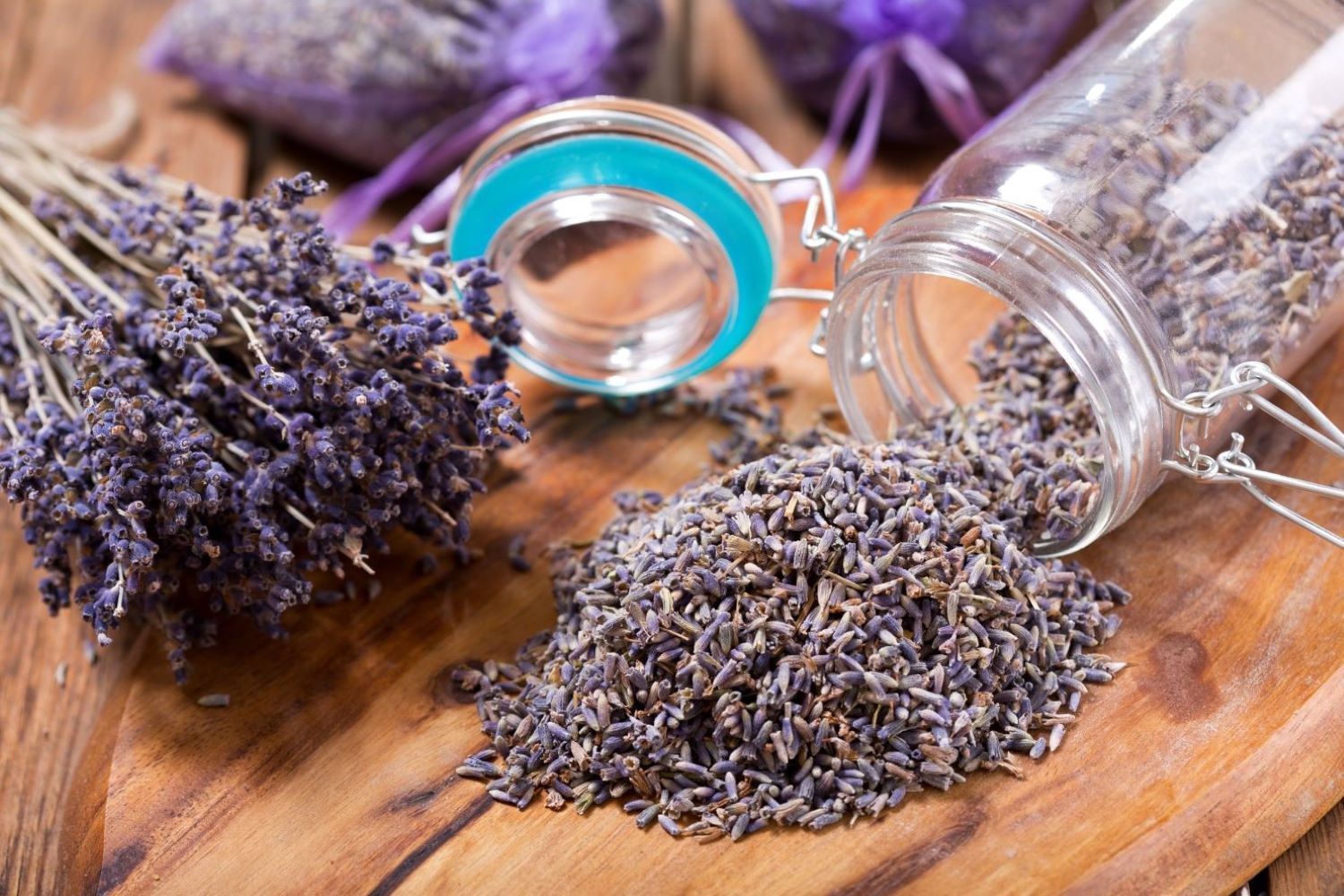

Articles
How To Store Dried Lavender
Modified: February 24, 2024
Learn the best ways for storing dried lavender in this comprehensive guide. Discover tips, techniques, and articles on preserving the fragrance and quality of your lavender for longer lasting enjoyment.
(Many of the links in this article redirect to a specific reviewed product. Your purchase of these products through affiliate links helps to generate commission for Storables.com, at no extra cost. Learn more)
Introduction
Welcome to the wonderful world of dried lavender! Lavender is not only a beloved flower known for its beautiful and fragrant blooms, but it also has a myriad of uses beyond its fresh state. Whether you have harvested your own lavender or purchased it, knowing how to properly store dried lavender will ensure its longevity and preserve its aromatic properties.
In this article, we will explore the essential steps to store dried lavender effectively. From choosing and harvesting lavender to preparing it for storage, selecting the right storage containers, and protecting it from moisture and pests, we will cover everything you need to know. So, let’s dive in and discover the secrets to storing dried lavender!
Key Takeaways:
- Properly storing dried lavender is crucial for maintaining its quality and fragrance. From choosing the right variety to using airtight containers, these steps ensure long-lasting aromatic benefits for various applications.
- Revive the fragrance of stored dried lavender with simple techniques like gentle crushing, using heat, or incorporating it into simmer potpourri. Enjoy the rejuvenated aroma and make the most of your lavender’s versatility.
Read more: How To Store Lavender
Choosing and Harvesting Dried Lavender
Choosing and harvesting the right type of lavender is crucial when it comes to storing dried lavender. There are many different varieties of lavender, each with their own unique characteristics and uses. The most commonly used lavender varieties for drying include English lavender (Lavandula angustifolia) and French lavender (Lavandula dentata).
When selecting lavender for drying, choose stems that are fully matured and have just started to bloom. Look for vibrant and healthy plants with flowers that have not yet started to fade. The ideal time to harvest lavender for drying is in the morning, after the dew has evaporated but before the midday heat sets in. This ensures that the flowers contain their maximum oil content.
To harvest dried lavender, use a sharp pair of pruning shears or garden scissors. Cut the stems just above the leaves, leaving a few inches of stalk attached. Avoid cutting too close to the base of the plant to promote healthy growth for future seasons.
It’s important to note that lavender can be harvested at different stages for varying uses. If you want to use the stems for decorative purposes or crafting, harvest the lavender when the flowers are in full bloom. If your intention is to use the lavender primarily for its fragrance, harvest the flowers when they are still in bud form.
After harvesting, gather the lavender stems into small bundles. Tie the bundles securely with twine, making sure not to compress the stems too tightly. This allows for proper air circulation during the drying process. Hang the bundles upside down in a cool, dry, and well-ventilated area, away from direct sunlight. As the lavender dries, it will release its delightful aroma and gradually transform into dried lavender.
Preparing Lavender Buds for Storage
Once your lavender has dried, it’s time to prepare the buds for storage. Properly preparing the lavender buds ensures that they retain their fragrance and stay in optimal condition for a longer period of time.
Start by removing the dried lavender buds from the stems. Hold the bottom of the stalk with one hand and use your other hand to slide your fingers downward, gently stripping off the buds. Be careful not to crush or break the buds in the process.
Next, you may choose to sift the lavender buds to remove any debris or small pieces of stem that may have fallen off during the stripping process. This step is optional but can help ensure that your stored lavender is clean and free of any unwanted materials.
Once your lavender buds are clean, it’s a good idea to give them some time to rest and fully air out before storing them. Spread the buds out on a clean, dry surface, such as a baking sheet or a paper towel. Leave them to sit for a day or two, allowing any excess moisture to evaporate.
After the buds have had time to rest, it’s time to prepare them for storage. One effective method is to place the lavender buds in airtight containers. Glass jars or metal tins with tight-fitting lids work well for this purpose. These containers will help preserve the fragrance and protect the lavender from exposure to outside elements.
It is important to note that if you plan on using the lavender buds primarily for culinary purposes, separate them into smaller portions or use smaller containers. This will make it easier to access and use the desired amount of lavender without exposing the rest to air and moisture unnecessarily.
Before sealing the containers, you may also consider adding some moisture-absorbing packets or silica gel sachets inside. These packets help absorb any residual moisture that may still be present in the buds, further reducing the risk of mold or other moisture-related issues.
Finally, label your containers with the date of storage to keep track of the freshness of the lavender. Store the containers in a cool, dark place away from direct sunlight and heat sources to preserve the quality and aroma of the dried lavender for an extended period.
Selecting the Right Storage Container
When it comes to storing dried lavender, selecting the right storage container is crucial to maintain its quality and freshness. There are several factors to consider when choosing the ideal container for your dried lavender.
The first consideration is the material of the container. Glass jars and metal tins with tight-fitting lids are excellent choices for storing dried lavender. Glass is non-porous and does not react with the lavender, ensuring that no unwanted flavors or odors are transferred. Metal tins, such as those made of stainless steel, provide a durable and airtight option for long-term storage.
Avoid using plastic containers for storing dried lavender, as plastics can interact with the essential oils and affect the fragrance and quality of the lavender over time.
The capacity of the container is another important factor to consider. Choose a container that is appropriately sized for the amount of dried lavender you have. It is best to store smaller quantities of lavender in separate containers to prevent unnecessary exposure to air and moisture when accessing the lavender.
If you plan on using the lavender for culinary purposes, consider using smaller containers or portioning out the lavender into smaller packages. This ensures that you can access and use a specific amount of lavender without exposing the rest to air and moisture.
Furthermore, ensure that the container has a tight-fitting lid or closure mechanism. This helps create an airtight seal, preventing moisture and air from entering the container and affecting the quality of the dried lavender. A proper seal also helps retain the aromatic properties of the lavender for an extended period.
It is essential to keep in mind that light can degrade the quality of dried lavender over time. Therefore, choose containers that are opaque or tinted to protect the lavender from direct exposure to light. This is especially important if you are storing the lavender in a location where it may be exposed to natural or artificial light.
By selecting the right storage container, you can ensure that your dried lavender remains fresh, fragrant, and in optimal condition for an extended period.
Storing Dried Lavender in a Cool, Dark Place
Proper storage conditions are vital to maintain the quality and fragrance of dried lavender. To ensure its longevity, it is essential to store dried lavender in a cool, dark place.
Ideally, the storage location should have a temperature of around 60°F to 70°F (15°C to 21°C). Avoid storing dried lavender in areas with high temperatures or fluctuations in temperature, such as near heating vents or in direct sunlight. High temperatures can cause the essential oils in the lavender to degrade, resulting in a loss of fragrance and overall quality.
In addition to temperature, it is important to keep dried lavender away from light. Exposure to light, especially sunlight, can cause the color of the lavender to fade and the essential oils to degrade. Therefore, choose a storage location that is dark or minimally exposed to light.
A pantry or a cupboard away from the stove or other heat sources is an excellent choice for storing dried lavender. If you don’t have a cool, dark area available, consider using opaque storage containers or covering the containers with a light-blocking material.
When storing dried lavender, it is also important to avoid moisture. Moisture can lead to mold or mildew growth, which can ruin the lavender. Select a storage location with low humidity levels and keep the containers away from areas prone to moisture, such as the bathroom or a damp basement.
Furthermore, try to minimize the amount of air exposure. Air can accelerate the degradation process of dried lavender, causing it to lose its fragrance and potency. Choose a storage container that has airtight sealing capabilities to limit the contact of the lavender with air.
To enhance the reduction of air exposure, you can place the dried lavender in smaller packages within the container. This way, each time you open the container, only a portion of the lavender is exposed to air, while the rest remains securely sealed.
By storing dried lavender in a cool, dark place with minimal temperature fluctuations, low humidity, and limited air exposure, you can ensure that your lavender remains fresh and aromatic for an extended period.
Store dried lavender in a cool, dark place in an airtight container to preserve its fragrance and color. Avoid exposure to sunlight and moisture to maintain its quality.
Read more: How To Store Fresh Lavender
Protecting Lavender from Moisture and Pests
Moisture and pests can pose a risk to the quality and longevity of stored dried lavender. To protect your lavender from these potential hazards, there are several measures you can take.
First and foremost, ensure that the lavender is completely dry before storing it. Any residual moisture can lead to mold or mildew growth, which can ruin the aroma and texture of the lavender. As mentioned earlier, allow the lavender to air out for a day or two after stripping the buds from the stems to ensure it is free from excess moisture.
It is crucial to store dried lavender in a location with low humidity. High humidity can cause the lavender to become damp, making it susceptible to mold or mildew. Avoid storing the lavender in rooms with high humidity levels or areas prone to moisture, such as the kitchen or bathroom.
Furthermore, protect the lavender from exposure to water and moisture during storage. Ensure that the containers are tightly sealed and placed in a dry environment. In the event of a leakage, such as a spill or water intrusion, immediately transfer the dried lavender to a new container after ensuring it is completely dry.
Pests can also be a concern when storing dried lavender. Insects like moths, beetles, or mites can be attracted to the lavender and cause damage. One effective method to deter pests is to include natural pest repellents in the storage area. For example, placing a few sachets of dried herbs like rosemary or cedar chips near the lavender can help repel pests.
Additionally, you can consider using natural pest control measures such as placing lavender essential oil-soaked cotton balls in the storage container. Lavender is known to have insect-repellent properties, making it a suitable option to protect the dried lavender from pests.
Regularly inspect the stored lavender for any signs of pest infestation. If you notice any pests, immediately remove them and consider transferring the lavender to a new container after ensuring it is pest-free.
By protecting dried lavender from moisture and pests, you can ensure that it remains in excellent condition and retains its delightful fragrance for an extended period.
Properly Labeling and Organizing Lavender
Proper labeling and organization are essential when it comes to storing dried lavender. By implementing effective labeling and organization techniques, you can easily identify and access your lavender when needed, ensuring a seamless experience.
Start by labeling your storage containers. Use labels or adhesive tags to clearly indicate the contents of each container. Include information such as the specific lavender variety, the date of storage, and any other relevant details. This will help you keep track of the freshness and quality of your lavender, especially if you have multiple containers with different lavender varieties.
In addition to labeling the containers, consider organizing your lavender based on its intended use or application. For example, you can separate the lavender into containers labeled for culinary use, home fragrance, or craft projects. This way, when you need lavender for a specific purpose, you can easily locate the container dedicated to that purpose.
If you have harvested or collected different lavender varieties, you may also consider organizing them separately. This can help you differentiate between the various aromas and qualities of each lavender variety when using them for different purposes.
Store the containers in a logical and easily accessible manner. You can arrange them in alphabetical order, by lavender variety, or by purpose. The goal is to create a system that makes it effortless for you to locate and retrieve the desired lavender when the need arises.
Consider using storage solutions such as shelves or cabinets to keep your lavender containers organized and protected. Avoid overcrowding the storage area, as this can lead to containers getting misplaced or damaged. Leave enough space between the containers to ensure proper air circulation and easy access.
Additionally, it is a good idea to keep a record or inventory of your stored lavender. This can be as simple as a digital or physical list that details the lavender varieties, quantities, and storage dates. Regularly update the inventory as you add or use lavender, as this will help you keep track of your stock and plan for future needs.
By properly labeling and organizing your lavender, you can ensure that it is easily identifiable and accessible, allowing you to enjoy its aromatic benefits whenever you desire.
Using Stored Dried Lavender in Various Applications
Stored dried lavender opens up a world of possibilities for its use in various applications. Whether you enjoy its fragrance, appreciate its culinary uses, or love incorporating it into crafts and DIY projects, there are numerous ways to make the most of your stored dried lavender.
One popular use for dried lavender is in home fragrance. You can create sachets by placing a handful of dried lavender buds in a small fabric pouch and placing them in drawers, closets, or linen cabinets. The lavender will release a pleasant scent that helps freshen up the space and repel moths and other insects.
Dried lavender can also be used to make scented candles or infused oils. Simply add a few buds to melted wax or oil to impart a delicate lavender aroma. Not only will these homemade creations add a touch of fragrance to your home but they also make thoughtful gifts for friends and loved ones.
For those who enjoy cooking and baking, dried lavender can be a fantastic addition to your culinary creations. It can add a subtle floral flavor to dishes like lavender-infused honey, lavender shortbread cookies, or lavender-infused simple syrup for cocktails and beverages.
If you’re into DIY beauty and skincare, dried lavender can be infused into oils or used as an ingredient in homemade bath salts, body scrubs, or facial steam blends. The soothing properties of lavender can promote relaxation and enhance the pampering experience of your self-care routine.
Craft enthusiasts can also find endless possibilities with dried lavender. From making lavender-filled eye pillows to dried flower arrangements, wreaths, or potpourri, there are countless ways to incorporate dried lavender into your crafting projects. The lovely purple color and delicate fragrance of the lavender buds can bring a touch of nature and elegance to your creations.
Remember to experiment and have fun with your stored dried lavender. Get creative and explore unique ways to enjoy its fragrance and reap its benefits in your everyday life.
Tips for Reviving Dried Lavender’s Fragrance
If you find that your stored dried lavender has lost some of its fragrance over time, don’t worry! There are several simple tips and techniques to help revive the delightful aroma of dried lavender.
One method to revive dried lavender’s fragrance is by gently crushing the buds. Take a small amount of dried lavender in the palm of your hand or between your fingers and gently rub or crush them. This action helps release the essential oils trapped within the buds, revitalizing the fragrance. Be careful not to crush the buds too vigorously, as it may result in the lavender losing its appeal.
Another way to revive the fragrance of dried lavender is by using heat. Place a small handful of dried lavender buds in a microwave-safe dish or a heat-proof container. Microwave the lavender on low power for short intervals, checking the aroma between each cycle. The gentle heat helps release the trapped fragrance within the buds, enhancing the lavender’s scent.
If you prefer to avoid microwaving, you can also use a hairdryer set on low heat. Hold the hairdryer a few inches away from the dried lavender and gently blow warm air over the buds. Move the dryer around to ensure even exposure to heat. This method can help revive the fragrance without risking overexposure to heat.
Additionally, you can incorporate dried lavender into a simmer potpourri. Fill a pot with water, add a handful of dried lavender buds, and other fragrant ingredients such as citrus peels or cinnamon sticks. Allow the mixture to simmer on low heat, releasing the combined scents into the air. This technique not only revitalizes the lavender’s fragrance but also fills your space with a delightful aroma.
If you are using dried lavender in herbal tea or infusions, you can place the buds in a tea infuser or a muslin bag and steep them in hot water for a few minutes. The hot water will activate the essential oils, resulting in a more pronounced aroma and flavor in your beverage.
Lastly, consider adding a few drops of lavender essential oil to your dried lavender. A light spritz or infusion of essential oil can revitalize the fragrance, making it more pronounced and refreshing.
Experiment with these different techniques to discover which one works best for reviving the fragrance of your dried lavender. With a little bit of effort, you can enjoy the rejuvenated aroma of your stored lavender in no time.
Read more: How To Store Dried Elderberries
Conclusion
Properly storing dried lavender is essential to maintain its quality, fragrance, and overall usability. By following the steps outlined in this article, you can ensure that your stored dried lavender remains fresh and aromatic for an extended period.
From choosing and harvesting the right lavender variety to preparing the buds for storage, selecting the ideal storage containers, and protecting the lavender from moisture and pests, each step plays a crucial role in maintaining the quality of your dried lavender.
Proper labeling and organization help you easily identify and access your lavender when needed. Whether you enjoy its fragrance, use it in culinary creations, or incorporate it into various DIY projects, your stored lavender offers a wide range of possibilities for different applications.
If you find that your dried lavender’s fragrance has diminished over time, there are simple techniques to revive its delightful aroma. Gently crushing the buds, using heat through methods like microwaving or a hairdryer, or incorporating the lavender into simmer potpourri can help rejuvenate its fragrance.
Remember to store your dried lavender in a cool, dark place to protect it from temperature fluctuations and light exposure. Keep the lavender away from moisture and pests to ensure its longevity. Properly labeled and well-organized containers will make it easier for you to locate and enjoy the lavender whenever you desire.
By implementing these tips and techniques, you can make the most of your stored dried lavender, whether for home fragrance, culinary endeavors, or crafting projects. So, embrace the beauty and aroma of dried lavender and let it enhance your daily life in countless ways.
Frequently Asked Questions about How To Store Dried Lavender
Was this page helpful?
At Storables.com, we guarantee accurate and reliable information. Our content, validated by Expert Board Contributors, is crafted following stringent Editorial Policies. We're committed to providing you with well-researched, expert-backed insights for all your informational needs.
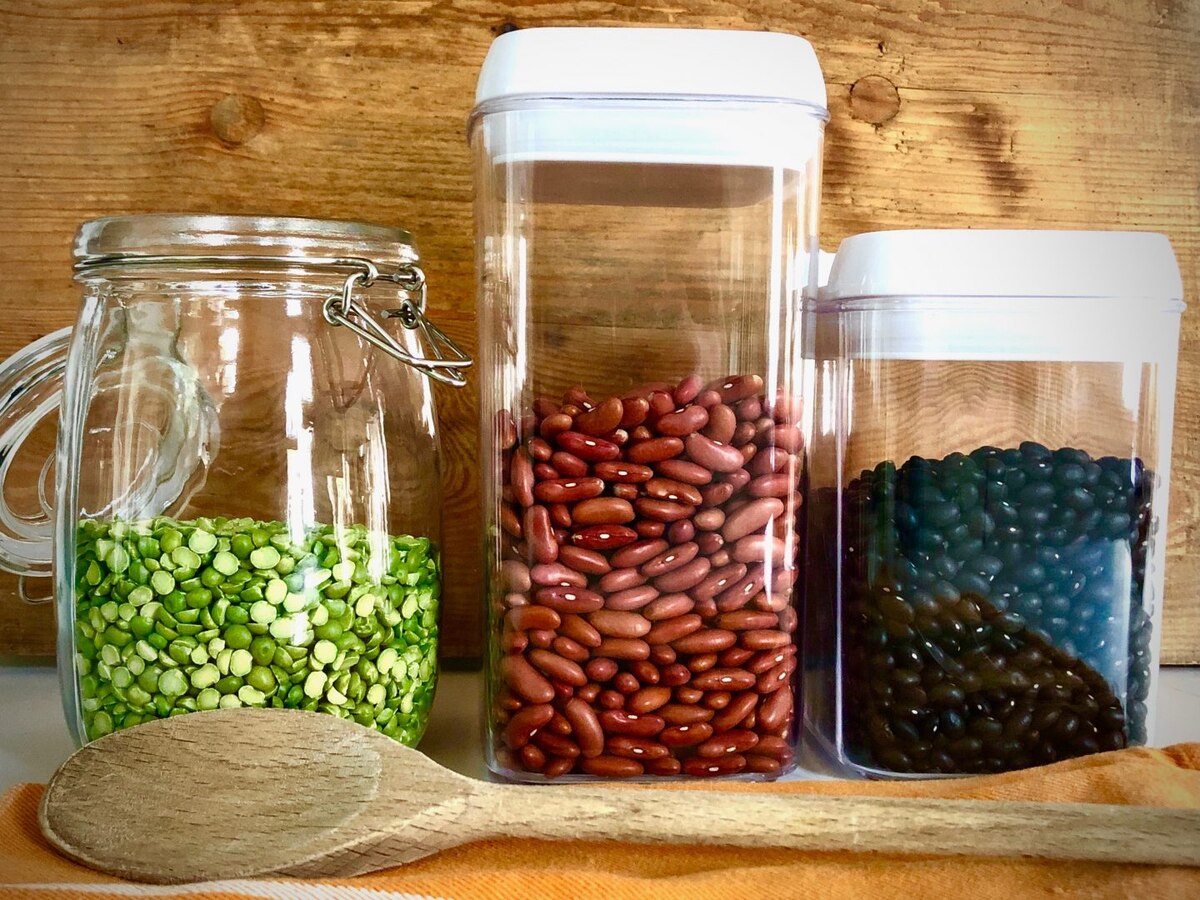
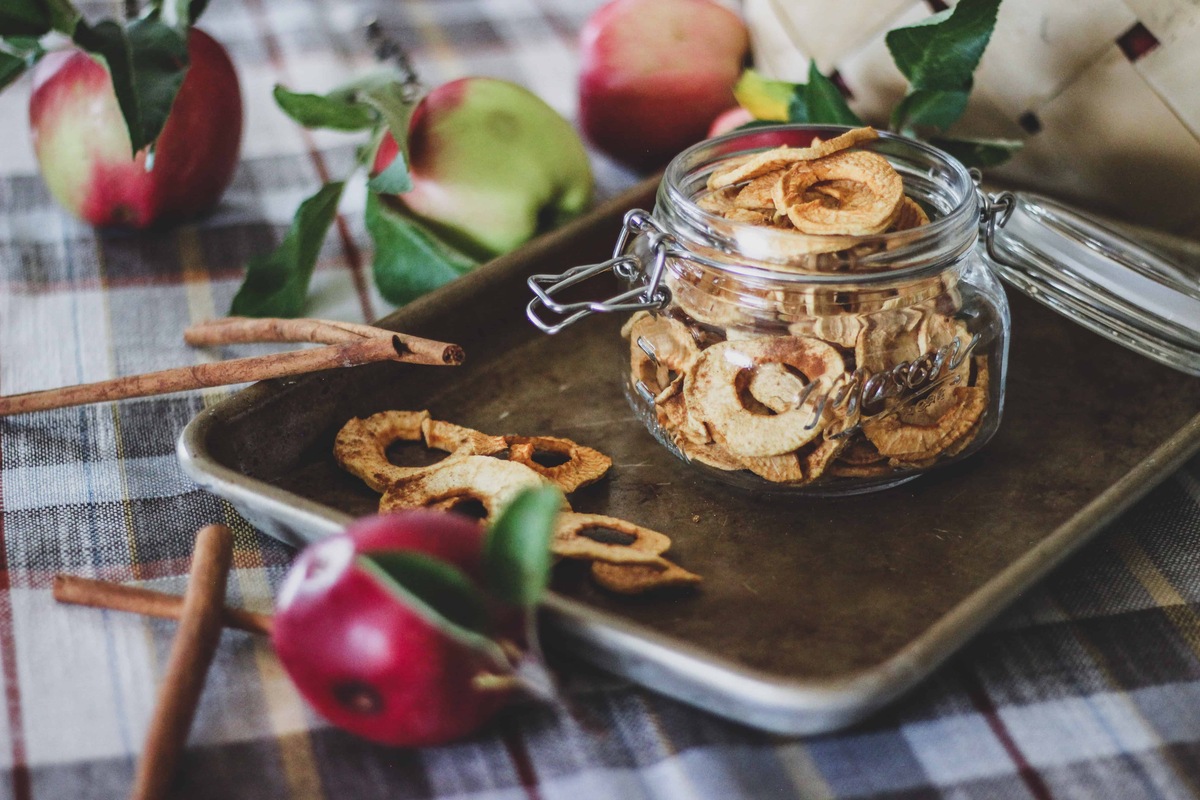

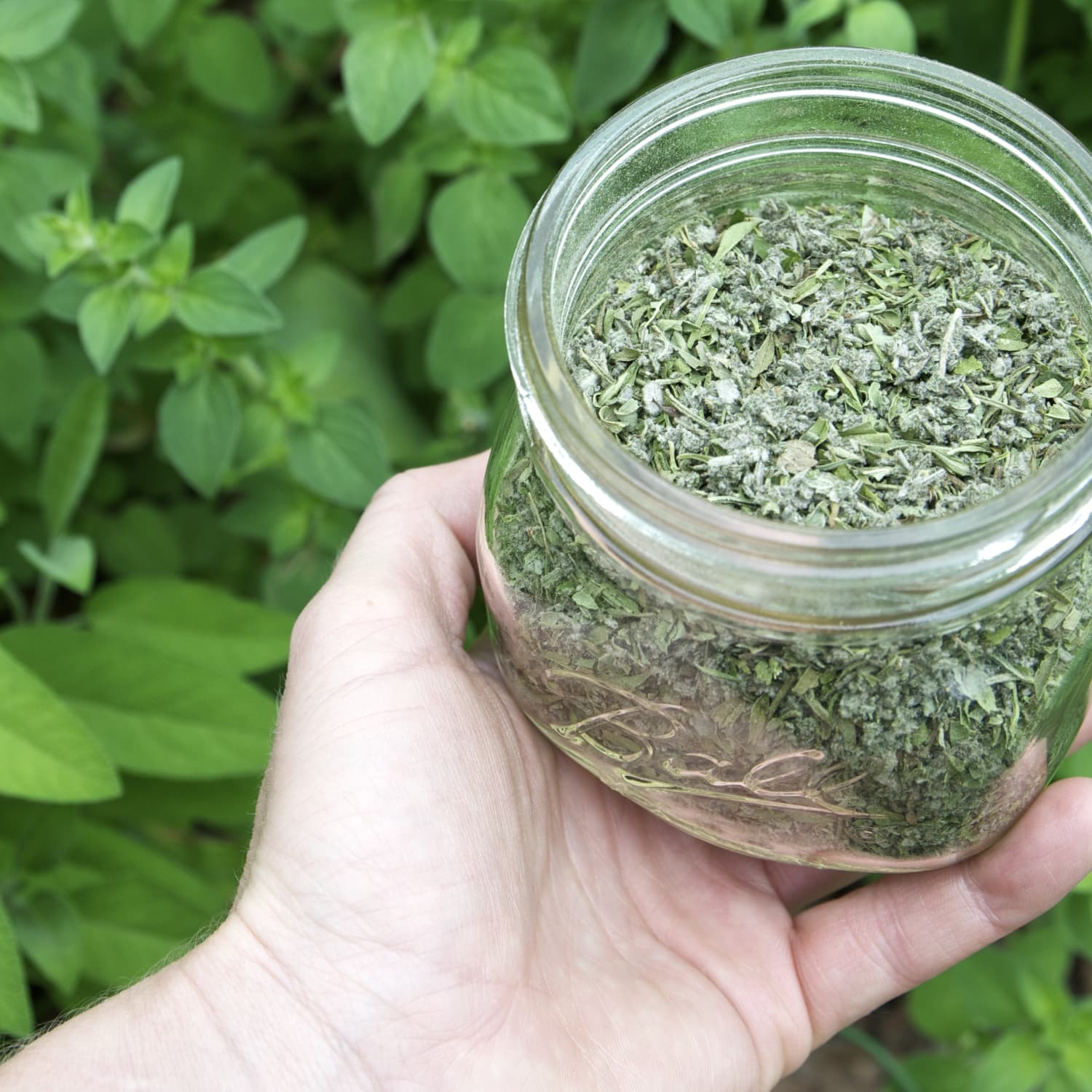
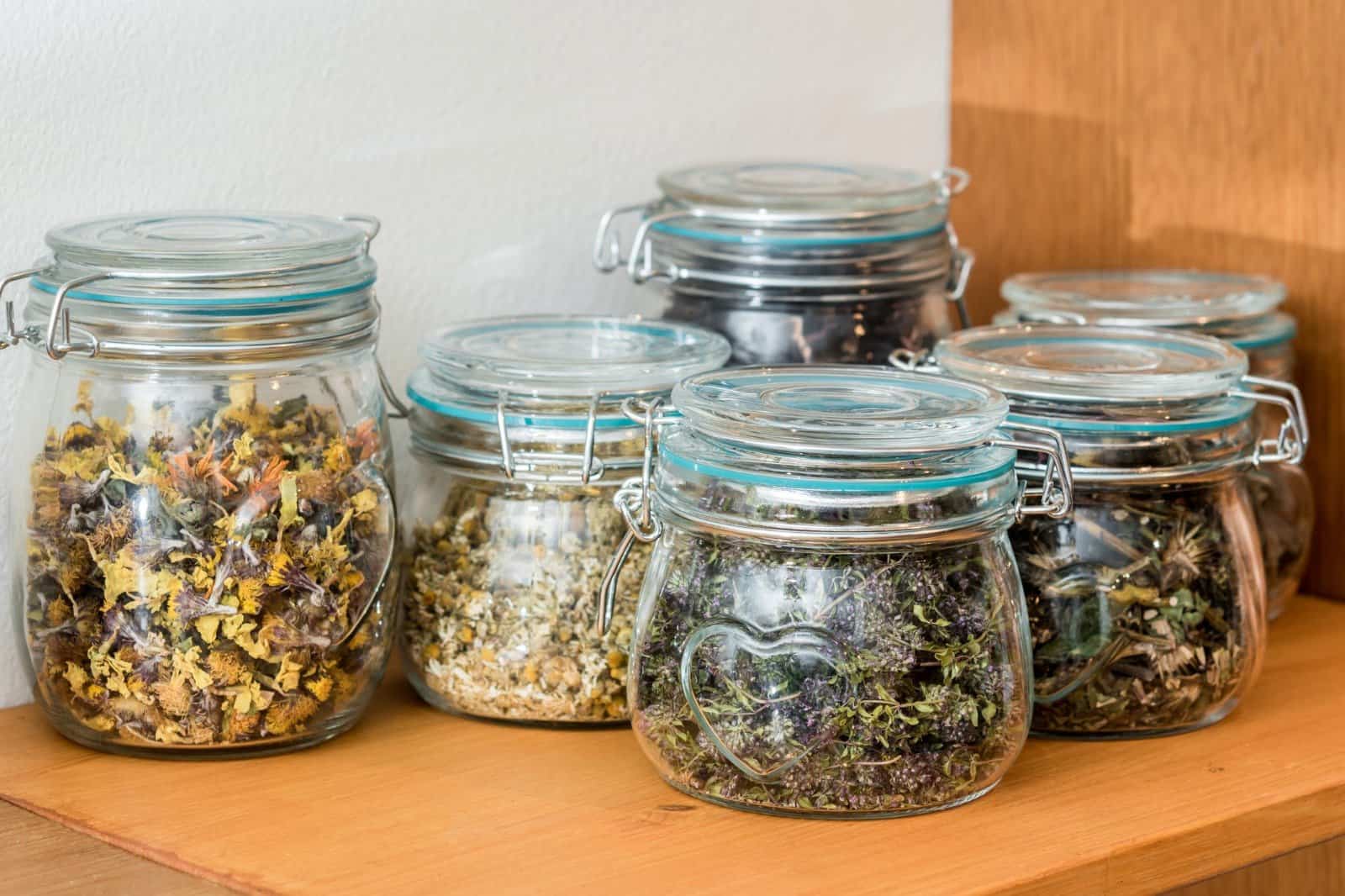
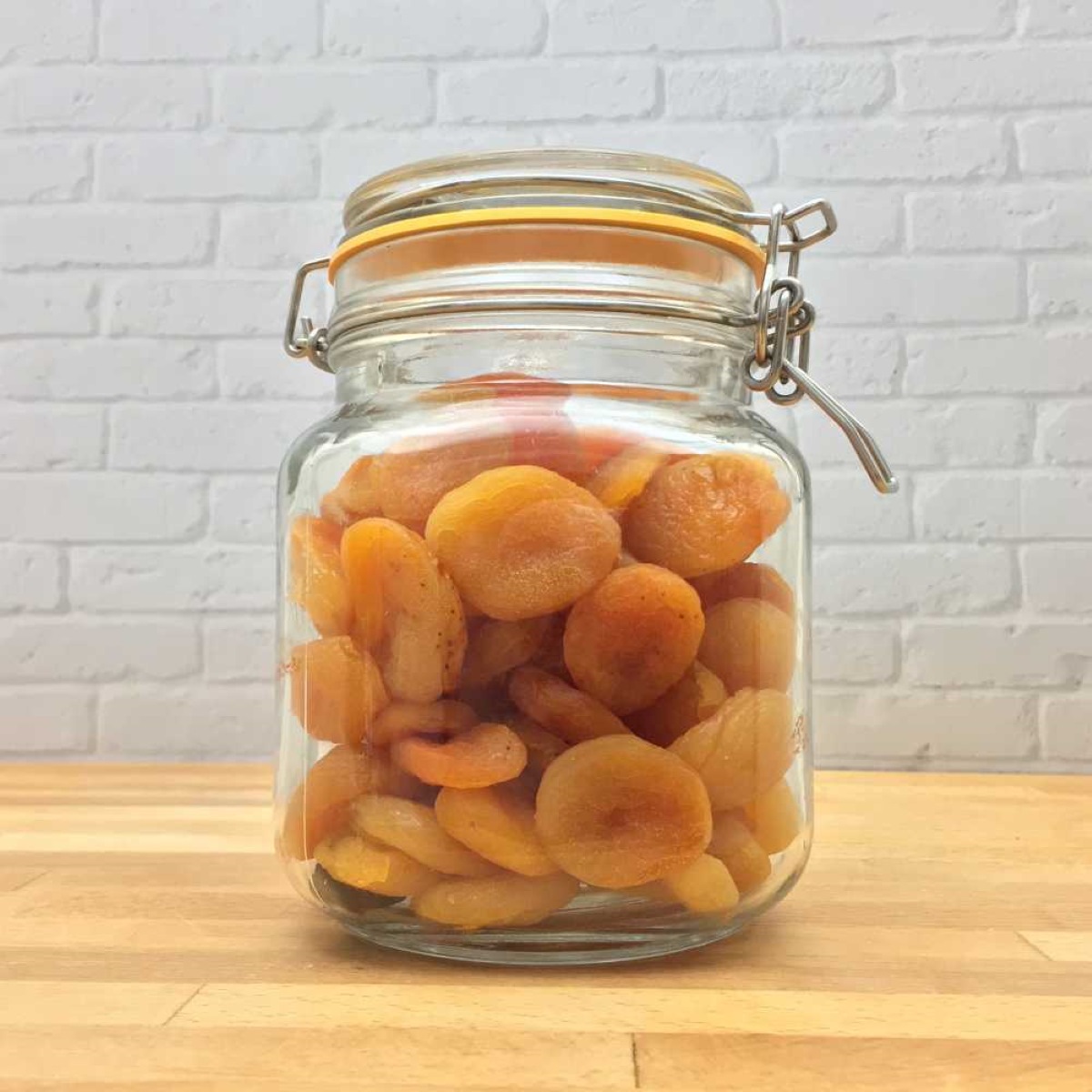
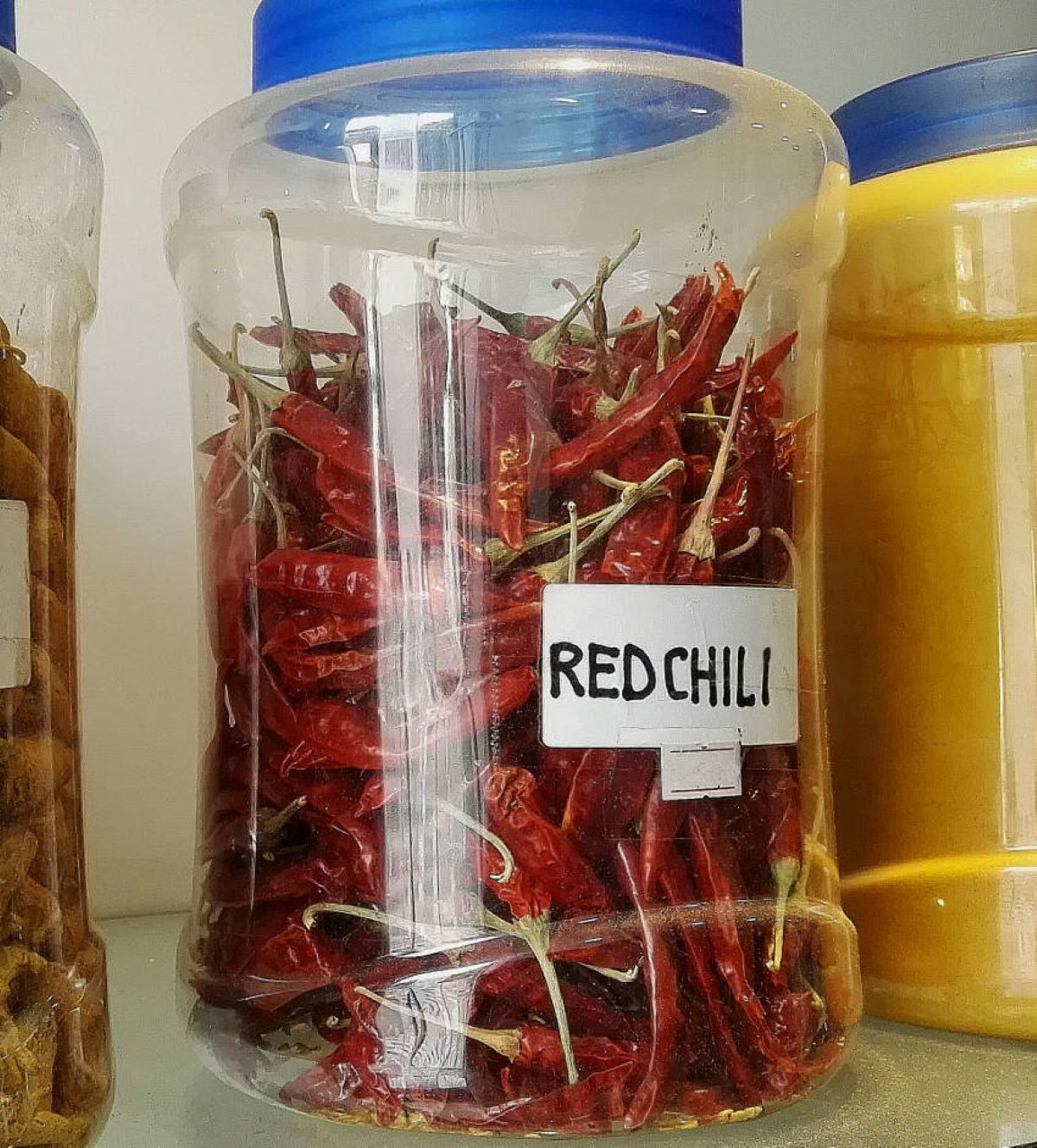
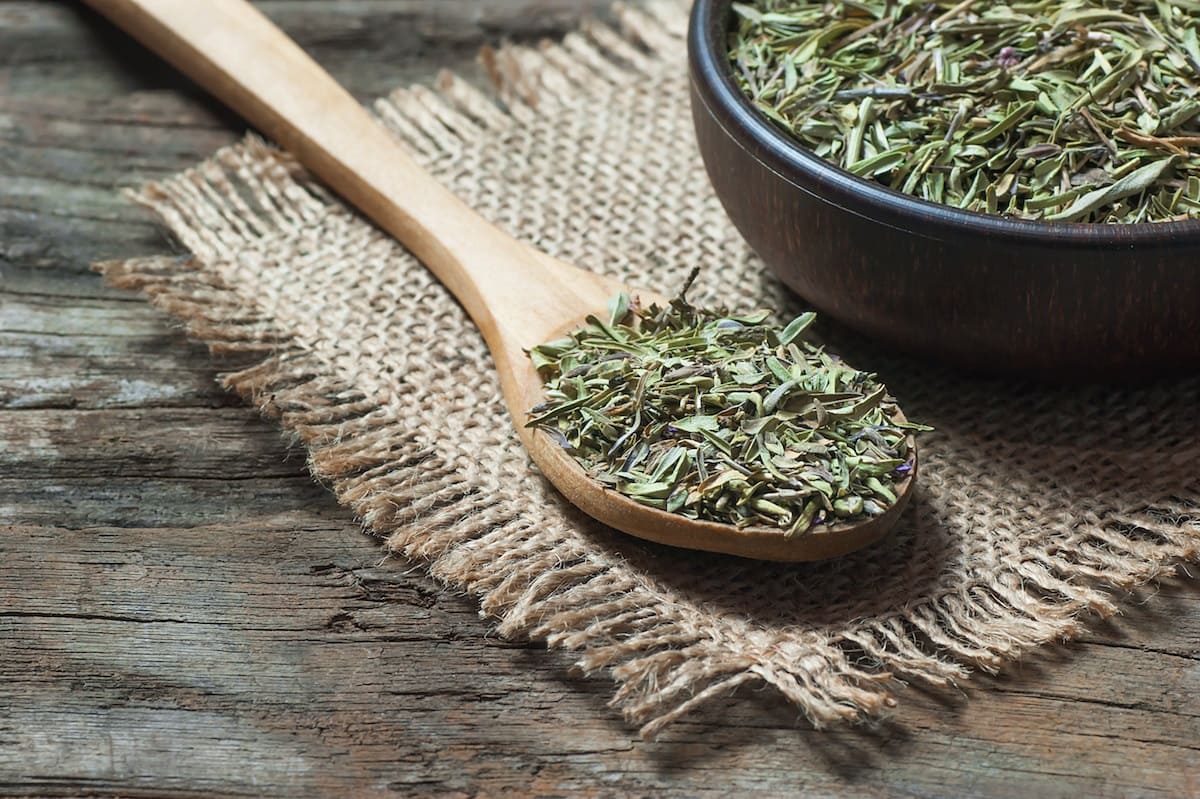

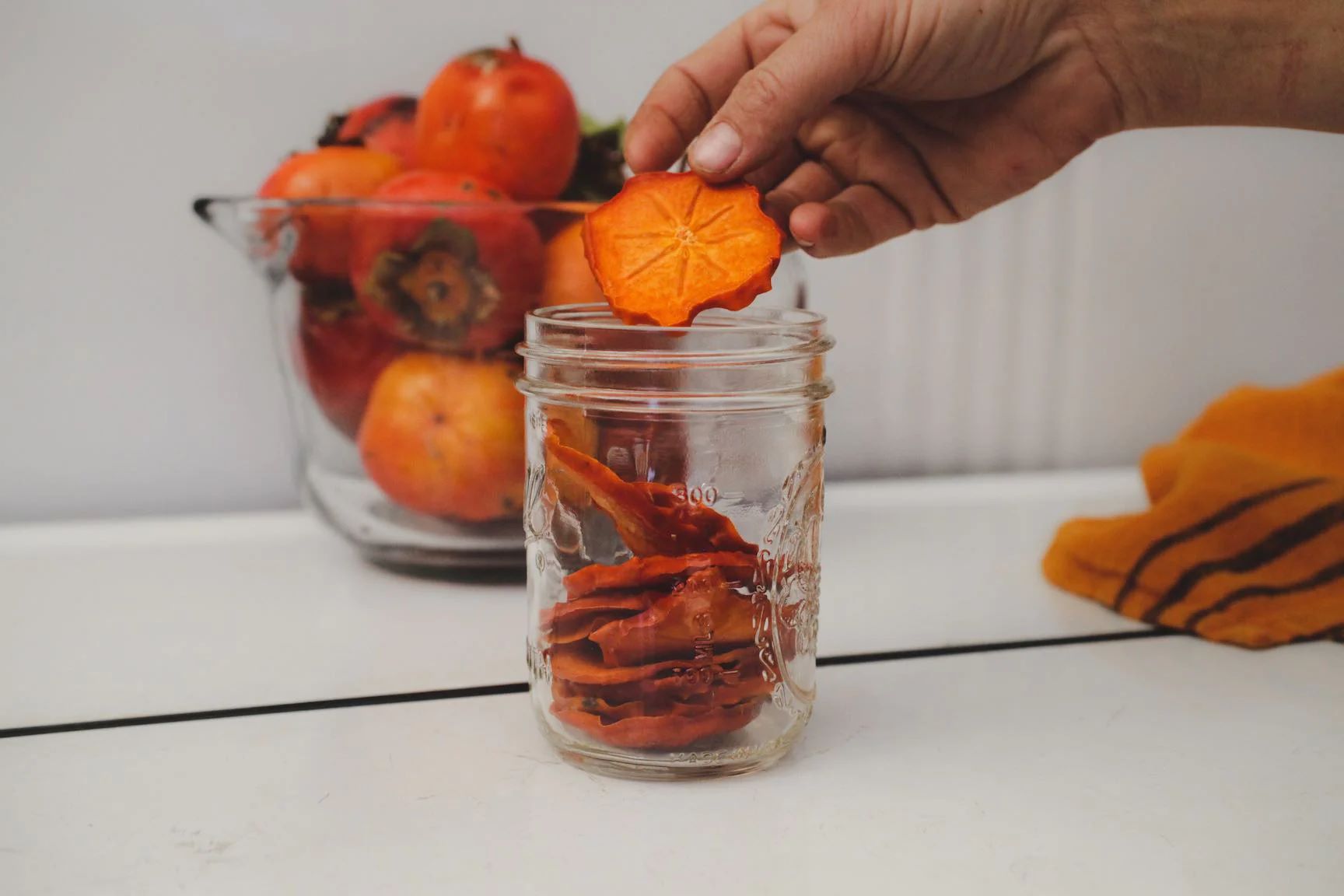
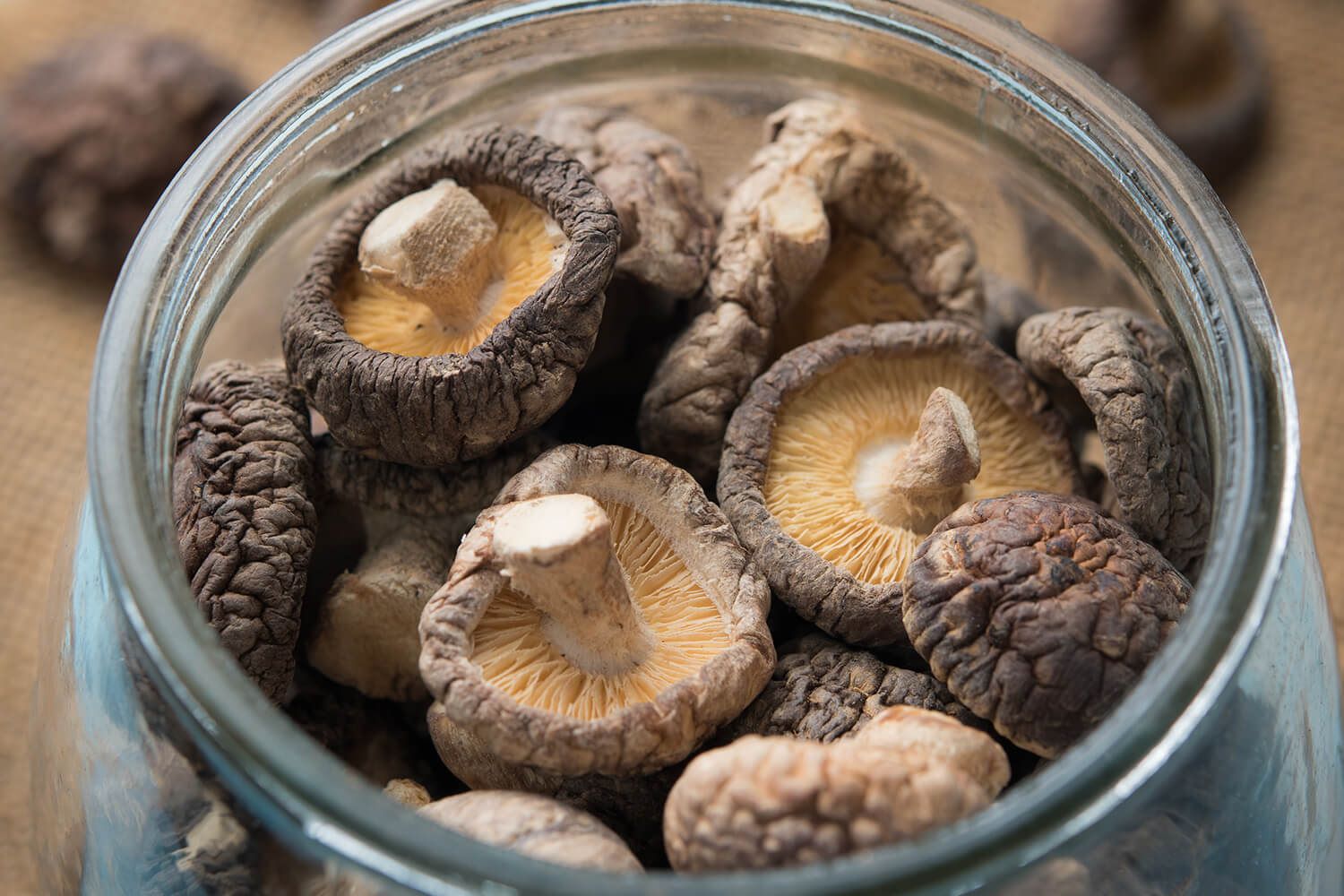
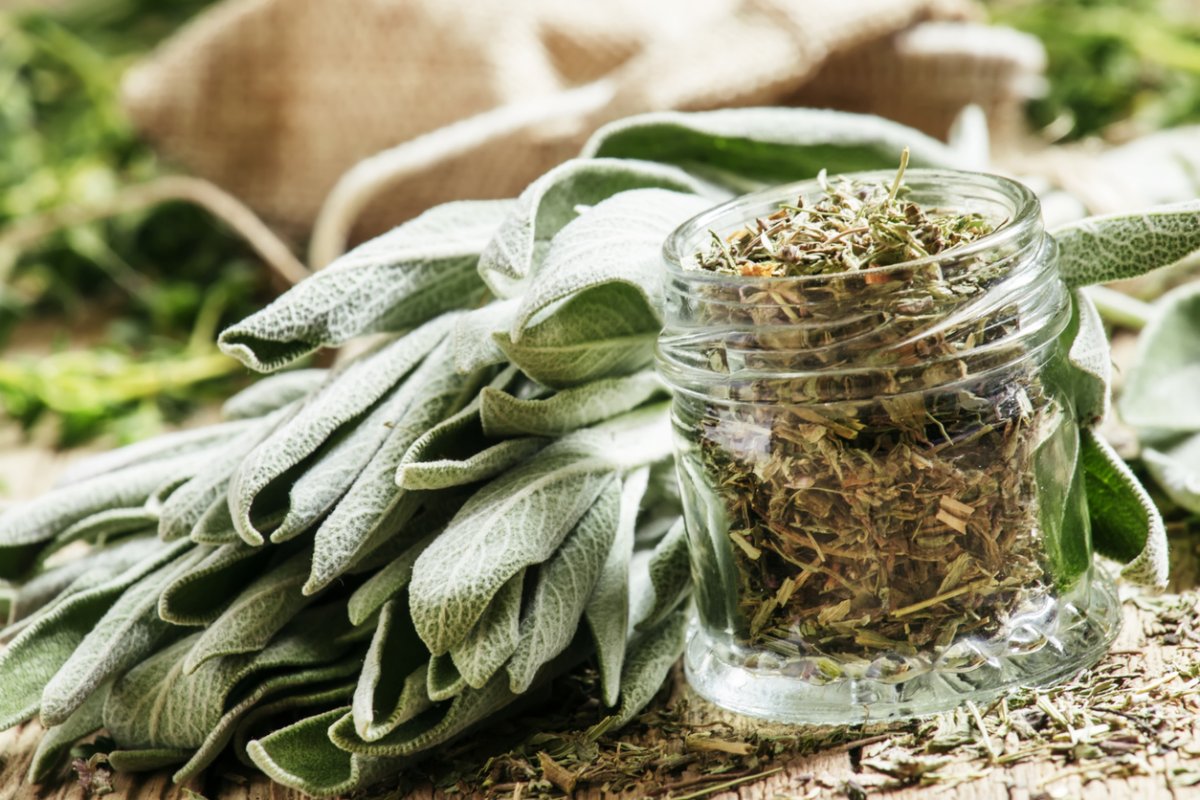
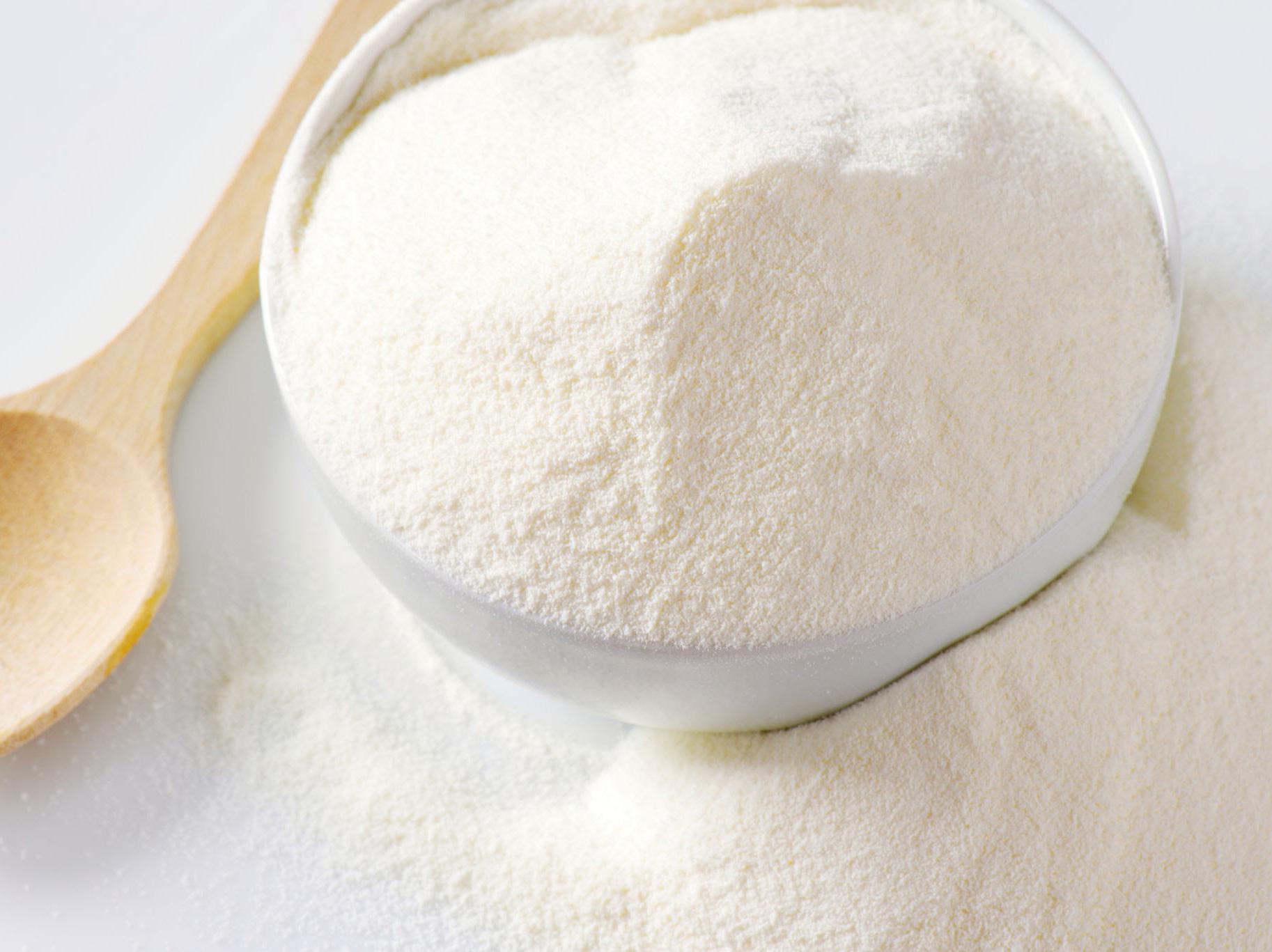

0 thoughts on “How To Store Dried Lavender”